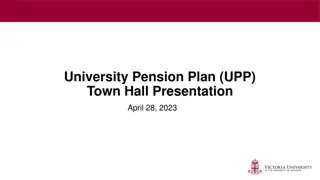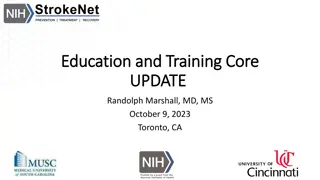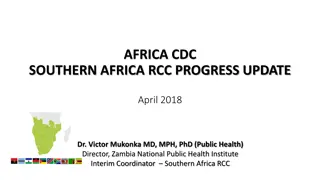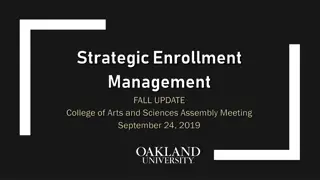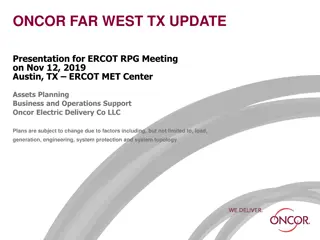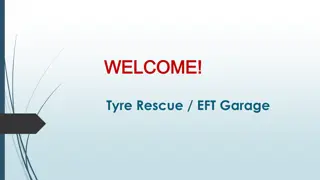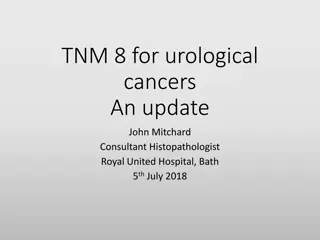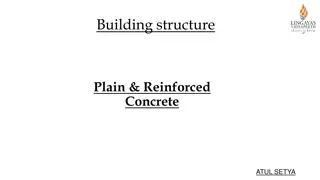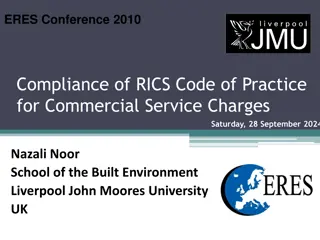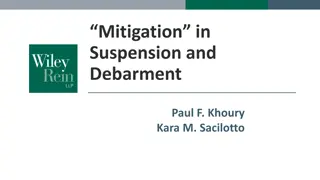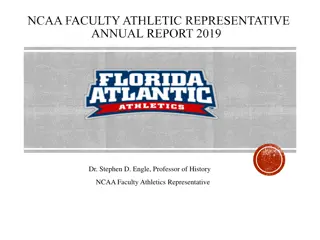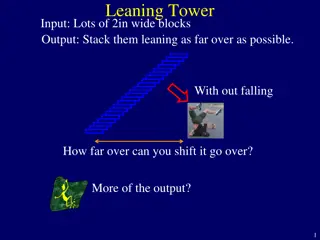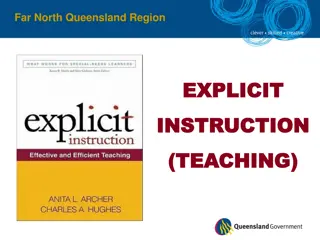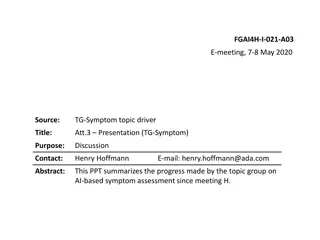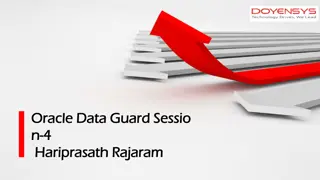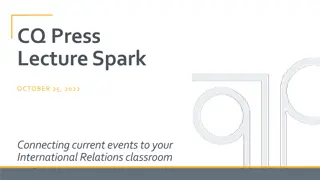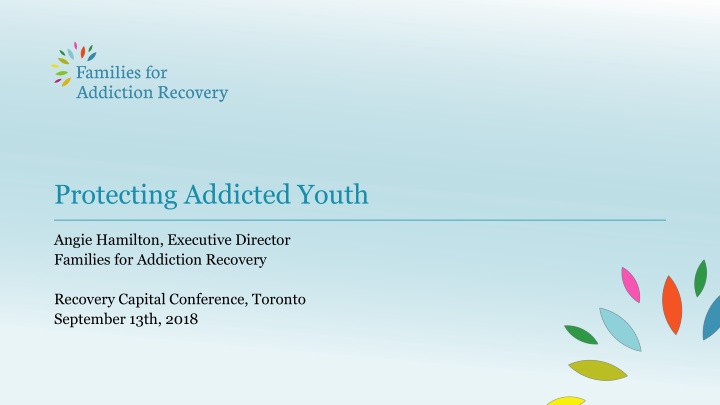
Youth Addiction and Criminalization: Debunking Myths and Exploring Solutions
Protecting addicted youth from harmful criminalization practices by understanding addiction as self-harm. Discussing the ineffectiveness of prohibition and the benefits of decriminalization in addressing substance use issues among youth.
Download Presentation

Please find below an Image/Link to download the presentation.
The content on the website is provided AS IS for your information and personal use only. It may not be sold, licensed, or shared on other websites without obtaining consent from the author. If you encounter any issues during the download, it is possible that the publisher has removed the file from their server.
You are allowed to download the files provided on this website for personal or commercial use, subject to the condition that they are used lawfully. All files are the property of their respective owners.
The content on the website is provided AS IS for your information and personal use only. It may not be sold, licensed, or shared on other websites without obtaining consent from the author.
E N D
Presentation Transcript
Protecting Addicted Youth Angie Hamilton, Executive Director Families for Addiction Recovery Recovery Capital Conference, Toronto September 13th, 2018
Scenario: What option would you choose? Your 14-year-old son is addicted to cannabis. He sells it to fund his addiction. He doesn t want treatment. Here are your options: Have him arrested for trafficking Force him to leave the house Do nothing Wouldn t treatment, even if involuntary, be a better alternative? 2
Protecting Youth Seeking Treatment Treatment Private Treatment Accessible Publicly-funded Timely Compassionate Evidence-based Unregulated Buyer beware 3
Protecting Youth Not Seeking Treatment Barrier: Stigma Public health approach Decriminalization Control and Regulation 4
Decriminalization 4 Reasons to Decriminalize Drug Use is not Inherently Criminal Prohibition is Harmful Prohibition Doesn t Work Decriminalization Works 5
Substance Use Is Not Inherently Criminal The primary purpose of criminal law is to protect people from other people, not to protect them from themselves. There is nothing inherently criminal in consuming a substance or in self-harm. If there were, alcohol would be prohibited. 6
Criminalization is Harmful Dependent Use Non-Dependent Use 5% to 25% 75% to 95% 8
Prohibition Doesnt Work Prevalence of Illegal Drug Use in 2016: More than 10% of Canadians aged 12 years or older (3.2 million Canadians) More than 6% of youth aged 12-17 Source: 2016 Canadian Community Health Survey 9
Barrier to Treatment: Lack of Insight Youth (those 12-24 years old) with concurrent disorders often do not see their substance use as problematic. They might not access treatment because they want to handle their problems independently, are skeptical about treatment, or feel stigmatized accessing services. Pathways to care for youth with concurrent mental health and substance use disorders, Ontario Center of Excellence for Child and Youth Mental Health (Watson, Carter and Manion, 2014) 14
Involuntary Treatment: A violation of rights? 1. Capacity The adolescent brain Effect of addiction on autonomy 2. Duty to Protect Vulnerable Children 3. UN Convention on the Rights of the Child (UN CRC) 15
The Adolescent Brain Prefrontal Cortex Executive functions: insight decision making judgement planning impulse control. 16
Addiction and Autonomy If we know anything about addiction at all, it is that it impairs autonomy in some way. Loss of control in some manner and to some degree over drug-seeking and consuming behavior is a defining feature of addiction, as it is popularly and scientifically conceived. (Levy, 2015) 17
Duty to Protect It is time to recognize that confinement for the purposes of merely stabilizing the child is insufficient. Confinement must also serve the legitimate purpose of treatment. This will allow the system to better serve the long-term health of the child Public Fatality Inquiry Report to the Minister of Justice and Solicitor General, The Honourable Judge Lloyd W Robertson into the death of MHC, 17 of Calgary, Alberta (2017) 18
UN Convention on the Rights of the Child (UN CRC) Article 3: Best Interests of the Child Article 24: Access to Health Care Facilities/Services Article 33: Right to be protected from the use of illegal drugs and from being used in the drug trade 19
Report Findings/Suggestions Putting the best interest of the child first would require significant changes in current models of formal health care Need strategies to keep young people out of the criminal justice system Codes of conduct by the colleges of health professionals on the best interests of the child. Best Interests of the Child: Meaning and Implications in Canada, 2009 20
Rachel Staples and Brock Eurchuk Their son Elliot, 16, died of an overdose in BC 21
When would involuntary treatment be appropriate? After less intrusive interventions have failed When it is in the best interest of the child 22
What happens if we continue to ignore this issue? A (14, 13, 12?) year old walks in to a supervised injection site. If young teenagers don t want treatment and we do not intervene, they must have access to supervised injection sites, regardless of age. What about a safe source of supply? 23
Involuntary Treatment Unethical? Ineffective? Traumatic? 24
Analogy: suicide vs addiction to illegal substance Suicide Addiction to Illegal Substance Your child is on a bridge Your child is addicted to an illegal substance (self-poisoning or Russian roulette) 25
Conclusion We have a duty to protect addicted youth. Accessible, publicly-funded, timely, compassionate, evidence- based treatment Decriminalization, control and regulation of all drugs Involuntary treatment must be a tool in the toolbox 26
www.farcanada.org Angie Hamilton, Executive Director angie@farcanada.org Tel: (416) 559-5308 Toll free: (855) 377-6677 27

